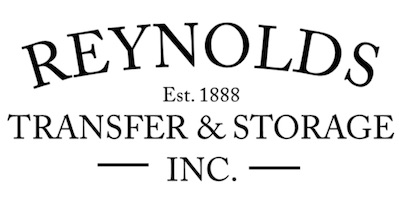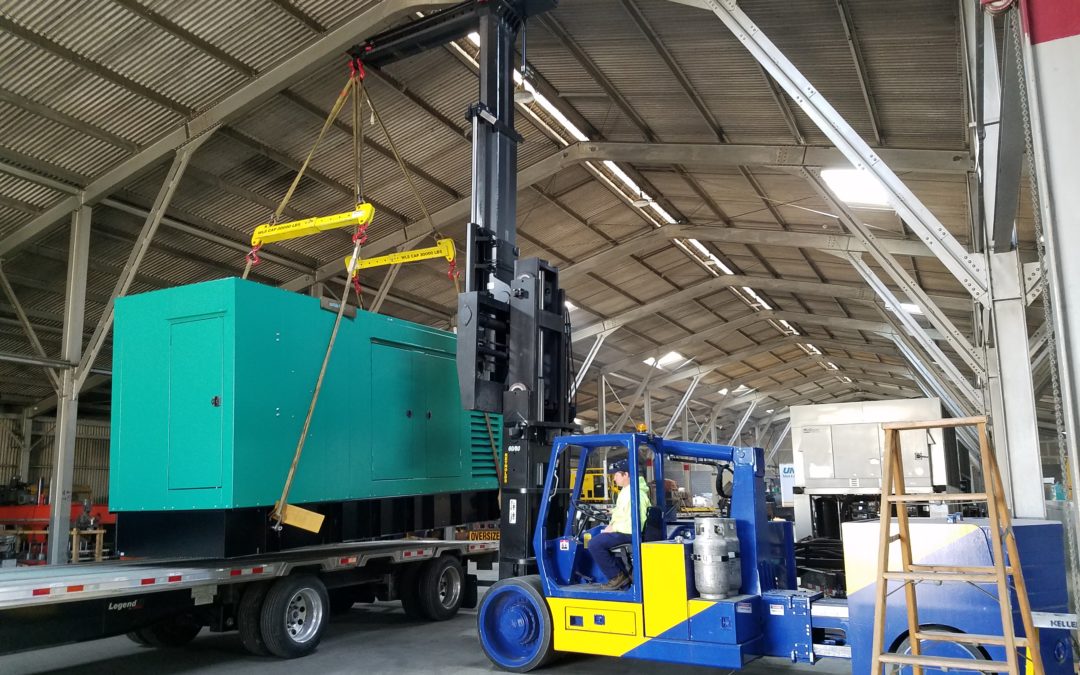If your organization’s operations include heavy equipment, you may be faced with the need to move it at some point in time. The move may be within your facility or from one location to another, locally or across state lines. There are several things to consider in preparation for moving heavy equipment.
Hire a Reliable and Experienced Moving Company
It is of utmost importance to partner with a reputable company that has experience moving heavy equipment. The moving company’s valuable experience ensures that the equipment will be treated with care. To get the job done, reputable moving companies will also have knowledgable staff operating top-notch equipment. Take the time to research the dependability and reputation of multiple moving companies. This will provide you with reliable options from which to choose. As you conduct your research, gather the following information to help you during the selection process:
Licensing and Insurance
Make sure any heavy equipment moving company you are considering is licensed and insured. In order for a moving company to receive licensing, it must meet the requirements of the US Department of Transportation (US DOT) and the Federal Motor Carrier Safety Administration (FMCSA). These requirements should include a Driver Screening Process. As part of the initial FMCSA licensing application process, companies are required to give proof of insurance as well.
If prospective heavy equipment moving companies are licensed, be sure the insurance they carry will sufficiently cover any mishaps can occur. Verify the moving company’s insurance will adequately cover the potential repair or replacement of your heavy equipment.
Safety Ratings
You have the ability to look up any reputable moving company’s safety ratings with a US Department of Transportation (US DOT) number. You can visit the SAFER Company Snapshot search tool and view safety ratings. Using this tool, maintained by US DOT, you can get a free brief report. This report includes the size, commodity information, and safety record of the moving company. For a small fee, you are able to request a more comprehensive SAFER system report. Upon filling out the Company Safety Profile Request Form, the report will be emailed to you. A detailed description of the report’s contents is available within the Federal Motor Carrier Safety Administration’s help pages.
Reviews
Conduct an online search to locate reviews of prospective heavy equipment moving companies. These reviews may be found on their Google My Business Listing, their Facebook page, or through the Better Business Bureau website. Do not rely solely on reviews they may have listed on their own website. If you are having trouble locating unbiased reviews of the heavy moving company, request references you can contact for feedback.
Moving Equipment and Tools
As you conduct your in-depth research, inquire about the moving equipment and tools they would use. It would be ideal for a prospective company to view the heavy equipment you are looking to move. This will allow them to accurately assess what tools and equipment they would find most appropriate to use. In addition, have them walk through the details of how your heavy machinery would be moved and with which tools and equipment. Hiring a heavy equipment moving company that is equipped with safe and reliable tools and equipment will put your mind at ease during the move process.
Additional Services
Inquire about additional services the heavy equipment moving companies may offer. This may include set-up or storage. Be sure to have a good sense of their experience setting up machinery similar to yours or the condition and security of their storage facilities. If you are in need of temporary storage, make it a priority to visit the warehouse where your heavy machinery would be stored.
Schedule
Make sure you have a clear schedule in mind as you formulate a plan for moving heavy equipment. It is important to consider how long the equipment will be out of commission and the time required for transportation to its new location. This will likely affect your operations, requiring you to plan accordingly in order to minimize disruptions for your organization. Therefore, working closely with moving professionals that specialize in moving heavy equipment is important. They should help you set realistic scheduling expectations and prepare accordingly. Also, be sure to develop contingency plans in the event of unexpected delays in the moving process. Experienced moving professionals should be able to give you insight into potential delays that may occur during the move.
Detailed Planning
In addition to the actual timing, your plan for moving heavy equipment should include specific details on how it should be moved and the exact location of its destination. The heavy equipment manufacturer’s operating manuals should give helpful and reliable details on how to safely move it. Details should not only include advice on how to physically move the heavy equipment (methods and types of moving equipment to use), but also how to prepare it for the move. In addition, the manuals should serve as a reference on how to get it back in operation once it is in its new location. If you cannot locate the manual, contact the manufacturer directly for the necessary information. In addition, inform the moving company of any moving or extra/spare parts so they can plan for them accordingly. These parts should be noted and inventoried as well.
Before signing a contract with a moving company, have a comprehensive understanding of its responsibilities and anything you will need to take care of on your end. For example, verify the moving company will be in charge of obtaining any special permits required to move your heavy equipment.
Budget
Set a realistic budget for moving heavy equipment. It is likely a large investment for your organization, so professionals experienced in moving heavy equipment should handle it . It is tempting to go with the most budget-friendly moving company. However, in doing so, you run the risk of costing your organization more than what you saved in moving costs.
Once you have established your budget, work with your selected moving company to obtain a detailed quote of the services it will provide. You want to ensure that everything you need is included or extraneous services are excluded. This will prevent any surprises on moving day.
On Moving Day
On the scheduled day of the move, there should be little left to do. The details would have been laid out during the planning stage. It is recommended that someone familiar with the plans and the heavy equipment being moved be present during the process. This will help ensure everything is executed as planned. These plans should be detailed and include laid out lines, reference points, and a planned travel path for the final placement of the heavy machinery piece(s). As a result, the moving crew will be able to work as efficiently as possible at your direction.
Not too long before the moving crew arrives, conduct a careful final inspection of the heavy equipment being moved. This will help you better understand the condition of the machinery before it’s actually moved. Once the heavy machinery is in its new location, you should be able to identify any damage that might have occurred during the move.
In addition, any last-minute specifics should be communicated to the moving team as soon as they arrive on site. Remember to make sure the moving team transports the extra/spare parts of the machinery that should have been inventoried.
Reynolds Transport & Storage are experienced in moving heavy equipment for a variety of industries. We understand the high level of care required for these types of moves. If you have any questions about our services, please contact us. We would be happy to help you through the process.


Recent Comments